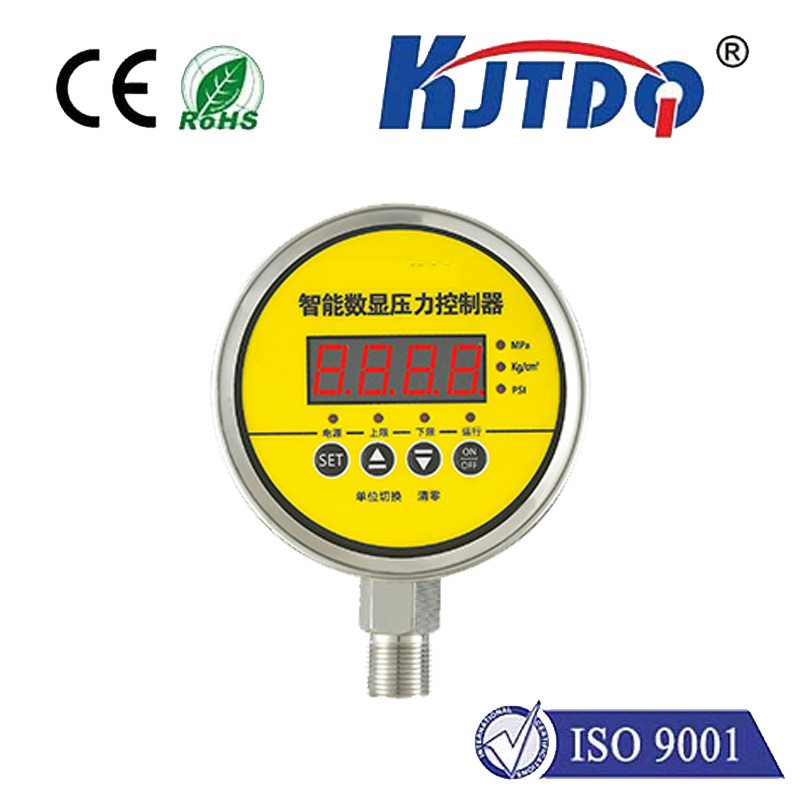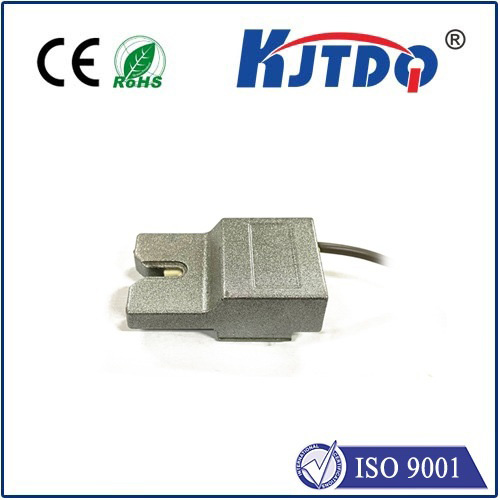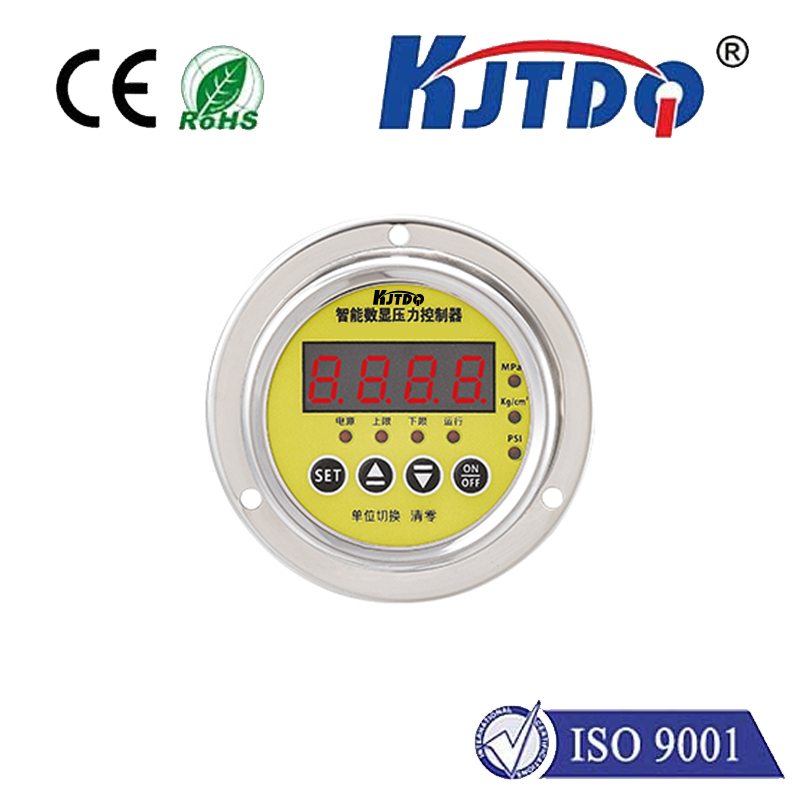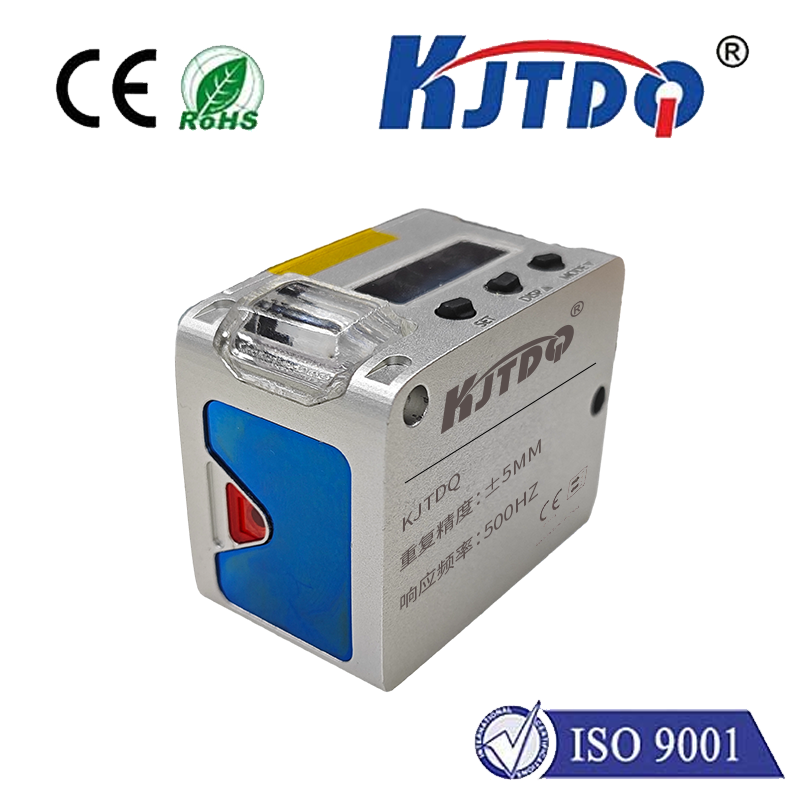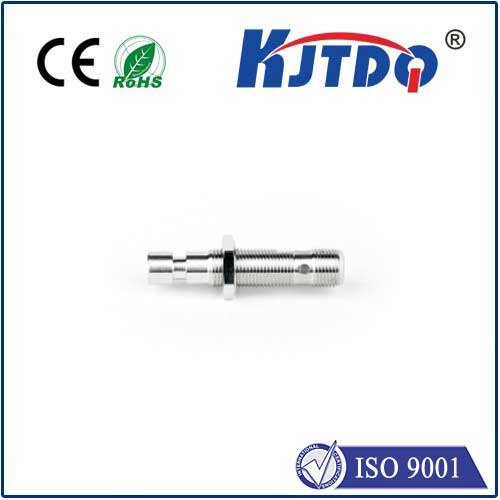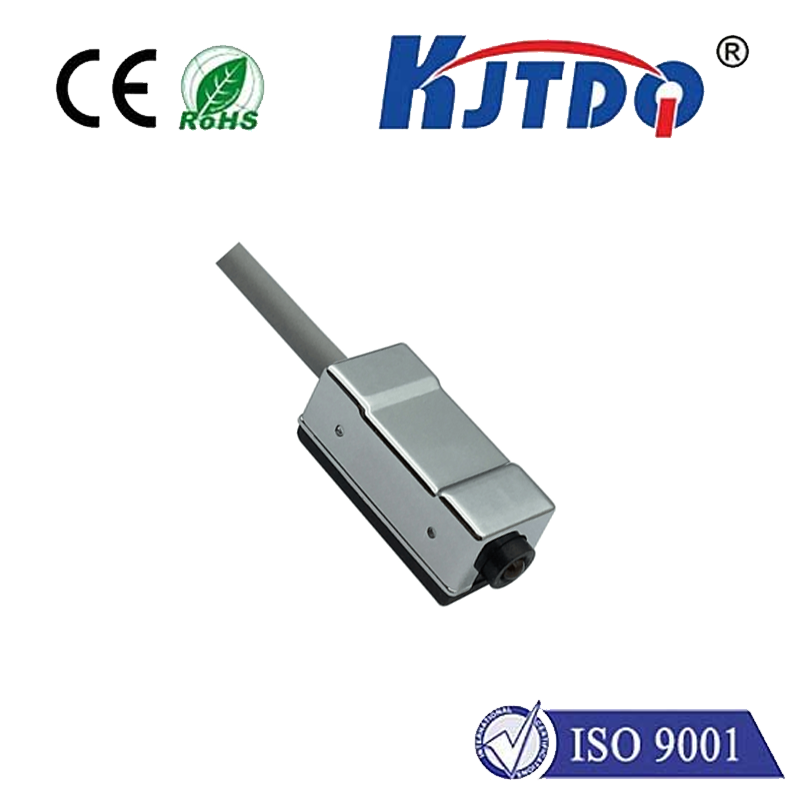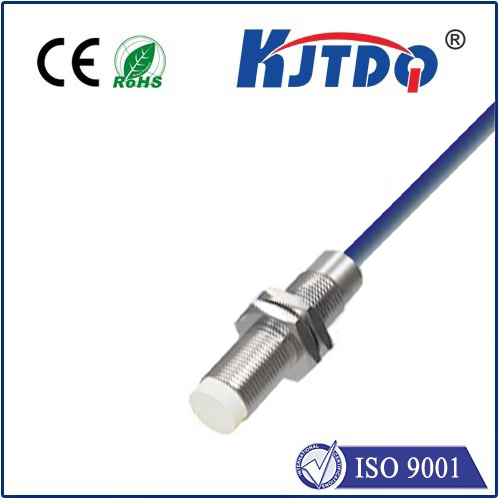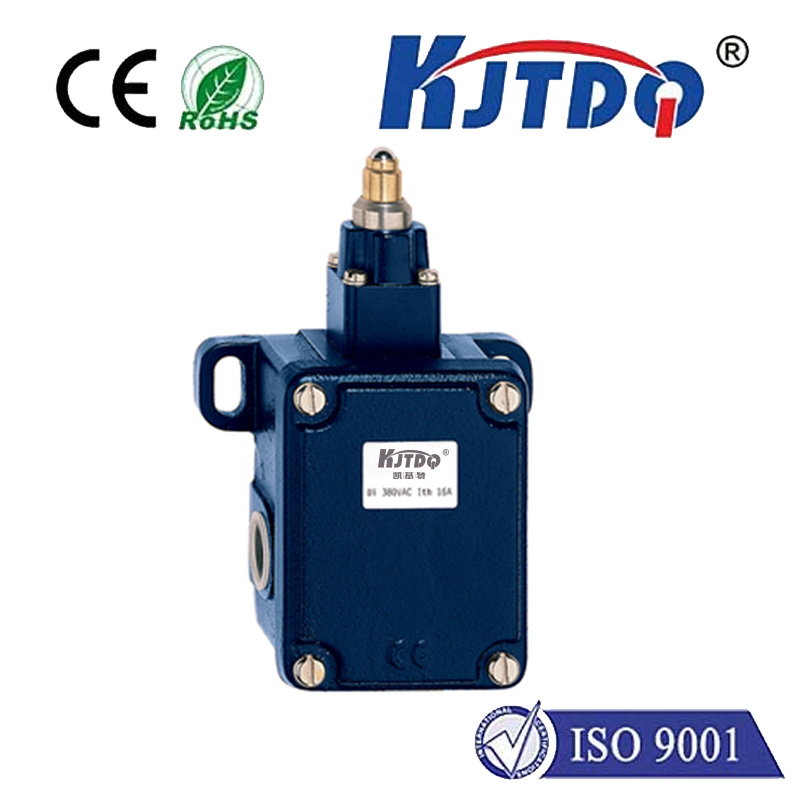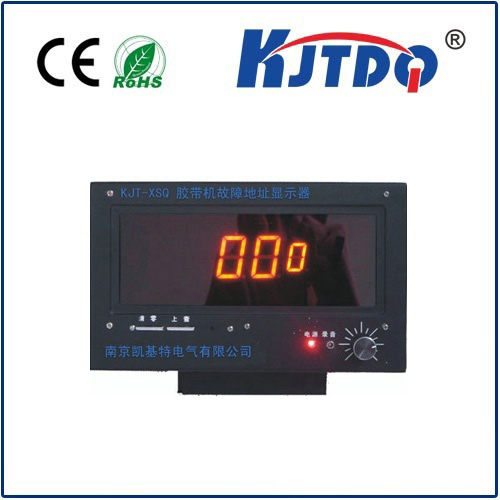
check

check

check

check
Exploring the Versatility of LED Photoelectric Sensors
The integration of light-emitting diodes (LEDs) and photoelectric sensors has given birth to a technological marvel – the LED photoelectric sensor. This ingenious device merges illumination with detection, creating endless possibilities for modern industries and applications. Let's delve into the world of these sensors and discover their unique characteristics and benefits.
Firstly, what exactly is an LED photoelectric sensor? It is typically a combination of an LED emitter and a photodiode or phototransistor receiver. The LED emits light, which is then detected by the receiver after interacting with objects or surfaces in its path. This interaction alters the properties of the light – such as its intensity or phase – providing valuable information about the environment.
One significant advantage of using LED technology is its longevity and energy efficiency compared to traditional lighting sources. By integrating LEDs with photoelectric sensors, we can create sensors that are not only more power-conscious but also offer extended operational lifespans. These qualities make them suitable for applications where maintenance access is limited or where downtime would be costly.

Applications for LED photoelectric sensors stretch across various industries. In manufacturing, they play a crucial role in quality control and product sorting systems, detecting defects or misalignments in products moving along a conveyor belt. Their precise and rapid response times ensure high-speed production processes remain uninterrupted.
In the automotive sector, these sensors are instrumental in advanced driver-assistance systems (ADAS). They help monitor vehicle distances, detect obstructions, and even contribute to automated braking systems. Their reliability and accuracy are essential in ensuring passenger safety and comfort on the road.
In the field of medicine, LED photoelectric sensors have been innovatively used in pulse oximeters, devices that measure oxygen saturation in the bloodstream. The LEDs illuminate the skin, while the sensor reads the absorption levels to calculate the oxygen content accurately and non-invasively.
Additionally, LED photoelectric sensors are utilized extensively in security systems, acting as motion detectors or intruder alarms. Their sensitivity can be finely tuned to distinguish between harmless movements like those from pets and the potential activity of an intruder.
Moreover, these sensors are integral components in environmental monitoring. They can detect airborne particles, measuring pollution levels or humidity changes with remarkable precision thanks to the stable light output provided by LEDs.
Finally, LED photoelectric sensors also find roles in smart homes and appliances. For example, in dishwashers and washing machines, they ensure optimal water levels by detecting when to fill or drain the tank, contributing to water conservation efforts.
In conclusion, LED photoelectric sensors represent a blend of innovation and practicality. Their ability to sense changes in light properties enables them to serve as robust, versatile instruments across diverse fields. As our world continues to value automation, precision, and sustainability, these sensors will undoubtedly remain at the forefront of technological advancements.
